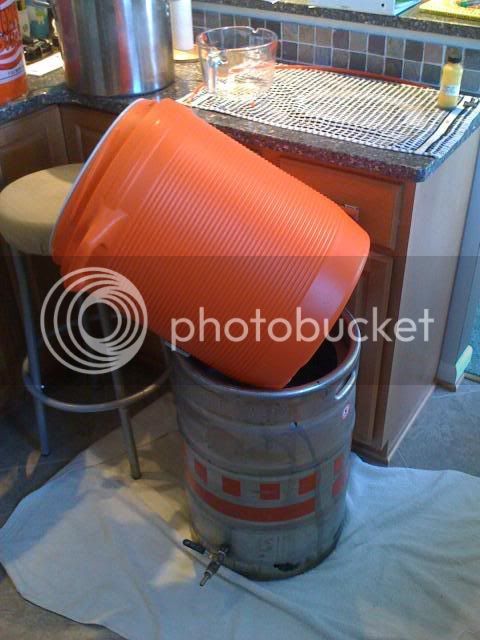I'm trying to find the least expensive way to modify a cooler for mashing. Rather than spend money on a new cooler, I'm using one on hand that doesn't come with a drain. I've used a spigot assembly from a bottling bucket instead of buying new brass hardware. The spigot attaches only to the inner wall of the cooler. I plan to add a rubber stopper to the back side, then connect to a copper pickup tube and a stainless braid. It's not pretty, but doing it this way saves money for ingredients.


I'm concerned that the spigot and stopper won't be able to handle the high temperatures of mashing without failing or leaching chemicals into the wort. I've exposed both parts to boiling water and they held up without giving off any chemical smell.
I know this method isn't as good as the other guides here, but I'm trying to save money and don't mind a bit of inconvenience. So, will it work?


I'm concerned that the spigot and stopper won't be able to handle the high temperatures of mashing without failing or leaching chemicals into the wort. I've exposed both parts to boiling water and they held up without giving off any chemical smell.
I know this method isn't as good as the other guides here, but I'm trying to save money and don't mind a bit of inconvenience. So, will it work?


 .
.

